The new French steam battleships: the Napoléon-class ships-of-the-line
The Engineering Corps
The Military
Military Technology
The new French steam battleships: the Napoléon-class ships-of-the-line
Table of Contents
Look at that magnificent battleship and its state-of-the-art technologies! This is the first purpose-built steam battleship in history, and also the first with a screw propeller. That will show those English who is the boss!
— Sergeant
Naval battles
Before the invention of cannons, naval warfare was a close-contact affaire because of the limitations in weaponry. Fighting was done by:
Efforts were made to increase the range of magical or projectile attacks, but it was only in the last century that cannons became able to project potions at high speed and distance while keeping them stable enough to not explode before impact. Immediately, those guns became the primary weapons aboard ships. Another technological advancement has been long-range assistance artefacts, allowing mages to reach greater distance with their magic. While few soldiers are magically powerful enough to directly damage a ship, they can now target enemy crews with the same range as archery. The simplest and most commonly used tactic in naval warfare nowadays is for the ships of one squadron to line up one in front of one another, and for an enemy squadron to do the same, so that each ship is faced with the broadside of an enemy ship. Everyone then fires their guns as quickly as possible to attempt to destroy the enemy ships.
Naval battles are completely ridiculous. They all just line up in front of each other with nowhere to hide, fire directly at the enemy for half a dozen of hours, yet it still only results in a few couples of ships being destroyed out of half-a-hundred! Then a further dozen surrender and they declare it done! And they dare call that a battle?
The greatest determinant of such battles is the firepower of each ship—the number and size of their guns. Those big and powerful ships are called ships-of-the-line in reference to this tactic. Yet bigger ships are slower and harder to deploy, and so another way to win a battle is to outmanoeuvre the enemy with smaller and faster ships.
Recent history of naval warfare
The goals of the navy are to defend the coast against attacks, transport troops to invade other European countries, and protect diplomatic and merchant ships going to worldwide trading posts.
France has two naval fronts, the Atlantic and the Mediterranean, thus forcing resources to be split into two. The big arsenals where battleships are built and kept are Toulon in the Mediterranean, and Cherboug, Brest, Lorient, and Rochefort in the Atlantic. France has long had a very impressive navy, often rivalling for the title of best-in-the-world. However, because France has strategic land borders with several other European countries, we have chosen many times in our history to invest the near-totality of our military resources into our land army at the expense of our navy.
The French navy started under King Philippe August, but it is only under Louis XIII and his minister Richelieu that a real state navy was formed. After the king's death, the revolt of the Fronde during the minority of his sonKing Louis XIV ruined the navy. Later in his reign however, the king invested heavily in the navy as trade with the French posts in the Americas and Indies was essential to his and his minister Colbert's plans to establish France's supremacy.
Under his successor King Louis XV, French sailors' training was greatly decreased to save money. This was however compensated by the judicious leadership of minister Choiseul which led to many technological innovations, allowing France to rival with England during the War of the Austrian Succession. Unfortunately, the English copied all innovations afterwards, while French funding did not increase and the king obstinately refused to see all signs of a new war coming. Consequently, the Seven Years' War was an utter catastrophe, with the English destroying the French navy, leading to the complete loss of all trade posts in Canada.
The only good thing Louis XVI ever did was pour money into the navy and reform it! We massacred all those English fools during the American wars, all in defence of the freedom of the sea and with the full support of the rest of Europe. See them try again to pretend to be the kings of the seas!
The following Great Revolution of 1789 in France and the execution of the king caused many troubles with the navy, with some officers deserting to join the exiled royal family in England. However, the establishment of an elective constitutional monarchy rather than a republic appeased most of them. France was thus able to contest the English supremacy of the seas, although no stunning victories happened under the following reigns.
Let's not talk about what happened to poor King Napoléon... The entire float was destroyed at Aboukir because some damned English spies sabotaged our wood! Of course, we had no chance to recover before Trafalgar...
Then, the return of the "legitimate" royal family on the throne in 1815 led to a regression of the navy and the cancellation of the many reforms it had undergone, further setting it back. Since King Lucien Esselin came to the throne in 1830, a new period of European conflicts has started, leading to an increasingly fast-paced race for technological innovations. This has resulted in many inventions in a wide range of domains, including silicone textile, long-range weapons, steam trains, and steam screw-propelled ships.
Technological innovations of the Napoléon-class
The Napoléon-class of ships is powered by steam engines, themselves fuelled with coal. Steam engines offer a clear advantage, as they disentangle ships from a dependence on weather conditions, allowing them great speed regardless of winds. The combination of the steam engine with sailing rigs ensures that the ships will still be navigable even if the coal runs out. Several battleships have been retrofitted with steam engine, but the Napoléon-class are the first purpose-built steam battleships.
The energy generated by the coal is directed into a screw propeller, three helical blades rotating on a propeller shaft with a horizontal axis. This is its first use on a battleship. Previous battleship retrofitted with steam engines had one or two paddle wheels added on their side, which make extremely nice targets for enemy guns. In addition, those huge wheels havz to take the place of some guns and result in a reduce fire power. Thus, the screw propeller presents an incontestable advantage by being kept underwater, out of harm's way.
Coal is burnt in the furnaces of the boilers, liberating gas and magic that circulate inside tubes before escaping through the chimneys. Those tubes are surrounded by water, causing a heat and magical transfer which evaporates it. The steam is sent into the steam machine in the (small) high-pressure cylinder (A). There, it relaxes, releases its magic and expands, triggering the movement of the piston located inside. It then goes into the (big) low-pressure cylinder (B) where it further expands and moves another piston. It finally arrives into a condenser (F) where it is retransformed into water and is sent back to the boiler.
The movement of the pistons moves the connecting rods (C) which are driven by flywheels (d). The connecting rods (C) act on two cranks (D), that together form the crankshaft, which is connecting to the turning gear (E). This results in the rotation of the axis on which the screw propeller is positioned. Meanwhile, the runes that cover the engine capture the magic in the steam and direct it to power the wards of the ship.
The magic generated by the burning of the coal also simultaneously powers floating wards around the ship so as to protect it against magical attacks. Using fuel instead of human power in the wards results in a more constant flow of magic and so in more stable wards. This also free the sailors to use their magic offensively against enemies, further increasing the fire power. The sails are made of hemp canvas embroidered with runes to help with weather magic. The runic design itself is no longer revolutionary since England copied it after capturing several ships in the late 1820s.
See? It's been the same for centuries! The English pour all of their money into their navy and spend their time training their crews, and yet all technological innovations come from us and they are forced to capture our ships and reverse-engineer them if they want to keep up!
The hull of the ship is made of oak wood, with over 2,500 hundred-years old trees required for one ship. The masts are in pine or fir, light and elastic woods. The ornaments are carved from poplar and softwood. The gear and fittings are in beech, ash, elm and guayacan depending on the desired physical and mechanical qualities. The hull is covered with wood tar to make it water repellent. Alchemical compounds are added to the tar to make it magic resistant and prevent its destruction by enemy attack, although this has the disadvantage of decreasing the efficiency of weather magic and so cannot be too efficient.Wood model of the three-blade screw propeller used in the Napoléon by P.A. Normand with Science Museum Group Collection
Admiral ship: the Napoléon
Characteristics
| Launched | 1843 |
| Engineer | |
| Builder | |
| Type | Ship-of-the-line 2nd class |
| Length | 77.8 m |
| Beam | 17 m |
| Draught | 8.4 m |
| Displacement | 5,120 tonnes |
| Propulsion | Either 1) sails or 2) one 2-cylinders Indret engine, 960 nhp direct-acting horizontal engine with 8 tubular boilers, 5 furnaces, and 2 funnels acting on a one-shaft 3-blade bronze screw propeller. The boilers and engines occupy 26.8 m in length. |
| Speed | 12.1 knots average, top speed 13 knots |
| Sail area | 2852 m² |
| Sail types | Three-masted full-rigged Full-rigged ship by Casito |
| Endurance | 3 months' worth of food, 9 days' worth of coal at full-speed (consuming 143 tons per day). This reduced endurance and the great weight of the engines reduce the sphere of action of the ship. |
| Complement | 910 men |
| Decks | 2 gundecks |
| Armament | 90 guns: 1) gun deck: 32x30 pounder No.1, 4x22 cm No.1 shell; 2) upper deck: 26x30 pounder No.2, 4x22 cm No.2 shell; 3) spar deck: 14x16 cm shell; 4) 10 carronades. |
| Height of the battery | 1.93 m above waterline |
Construction plans of the Napoléon
Look at that magnificent battleship and its state-of-the-art technologies! This is the first purpose-built steam battleship in history, and also the first with a screw propeller. That will show those English who is the boss!
See The new French steam battleships: the Napoléon-class ships-of-the-line.
Decorations
Decorations are almost non-existent, with the stern decor limited to an alignment of balconies and windows. This is in continuation with their decrease since the early 18th century, as they are considered an unnecessary expense. Only black and white colours are used to paint the hull.I don't see why they're all complaining about that painting! Do they think we decorate our staves and swords? This is a battlefield, not the Court of Versailles!
History of the ship
The ship is captained by Rear-Admiral Léonard Charner. This ship has only been launched 2 years ago, but it has already had a decisive impact in the war against the English.Great news from the naval front! The huge investments made into our ships have finally given their fruits. The magnificent Napoléon, first purpose-built screw-propelled steam battleship in the world, has demonstrated its incontestable superiority over the English rafts!
The Napoléon was in the North Sea with a 10 ship-of-the-line squadron when it met an English 13 ship-of-the-line squadron. The weather was calm with almost no winds, the perfect conditions for the Napoléon to shine. Its steam engine easily allowed him to outmanoeuvre and completely bewilder all other ships.
Leaving them all behind, it headed straight to Hull and its strategic industrial harbour. The poor English had not even conceived we could come close enough to threaten them and had left the place completely undefended! Not weakening its resolve in front of such charming innocence, the Napoléon bombarded them with potions, destroying merchant ships and buildings alike!
Furthermore, what the English so dreaded has finally happened: the first invasion of a French army on English soil of the century! The Napoléon's crew had more than enough time to visit what was left of the delightful city of Hull and to take possession of the harbour's treasury before the English squadron managed to show itself.
The Napoléon made its triumphant return in Brest yesterday, and His Majesty is due to meet with its crew this morning. It has already been announced that all of them will receive the highest honours for having washed away the affronts of Aboukir and Trafalgar! The English have finally been put back in their rightful place—at our feet!
— Newspaper clipping
While not strictly an English defeat, this was nevertheless the first major naval victory against England since the American revolution. Thus, the Napoléon represents the success of French technological progress.



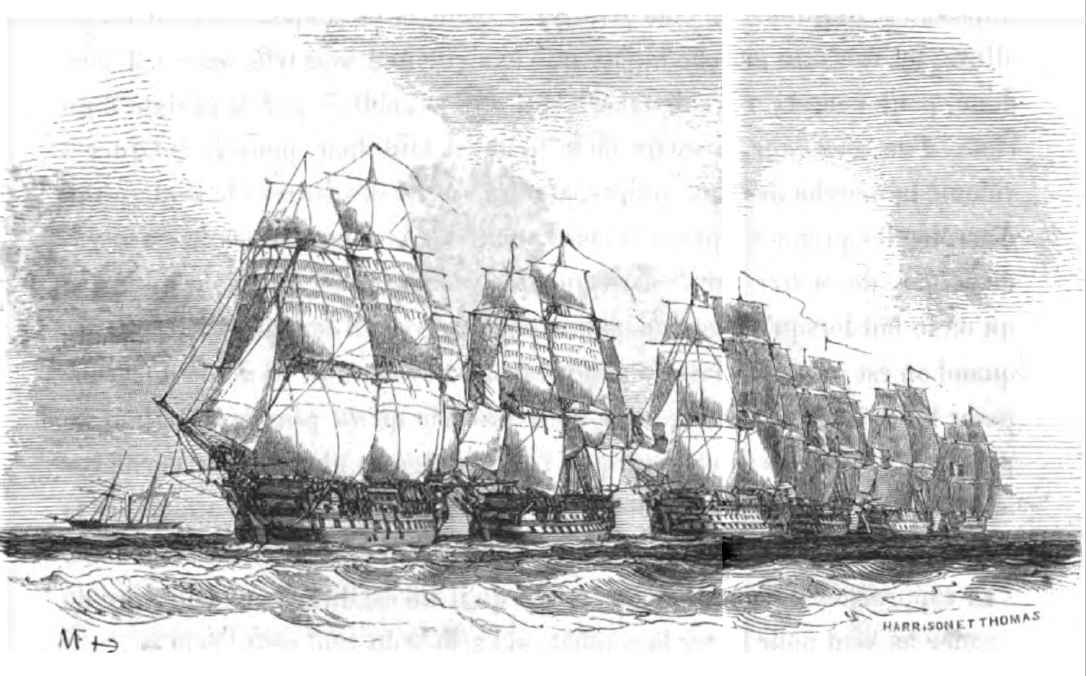
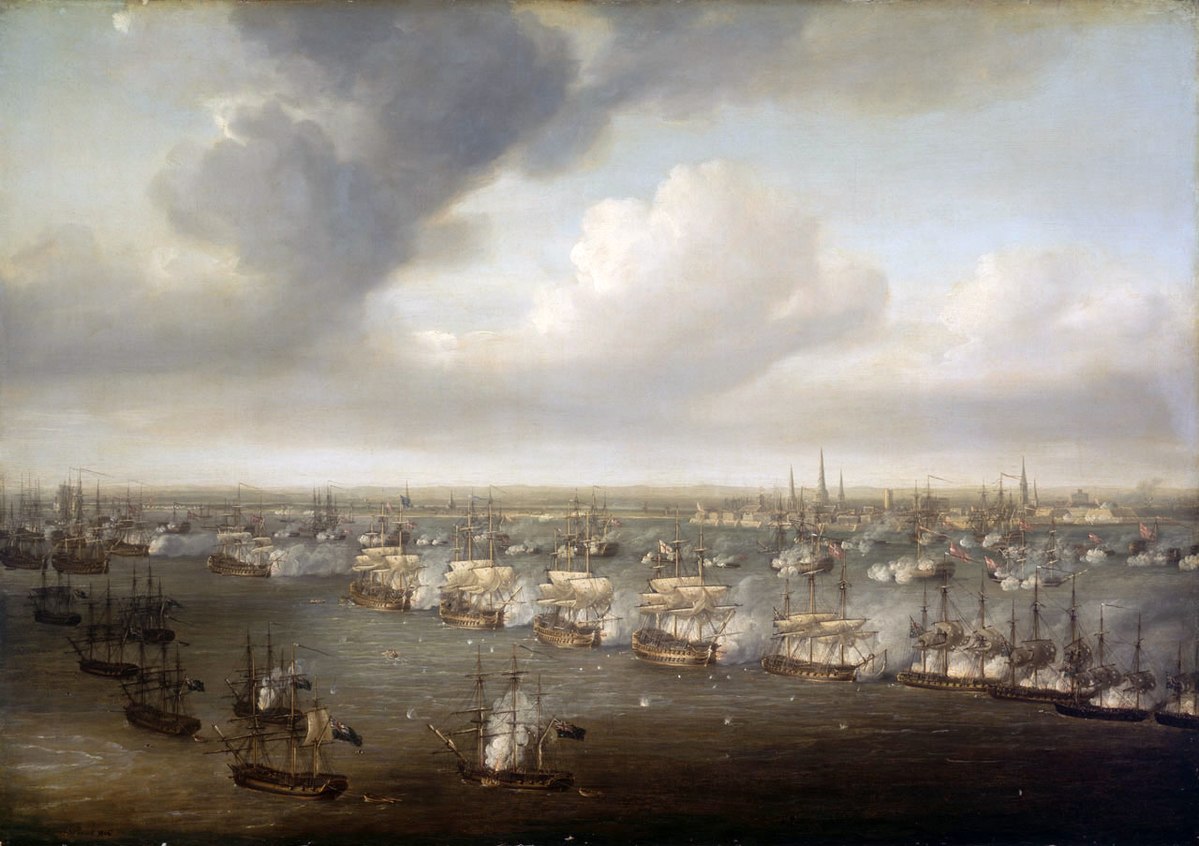
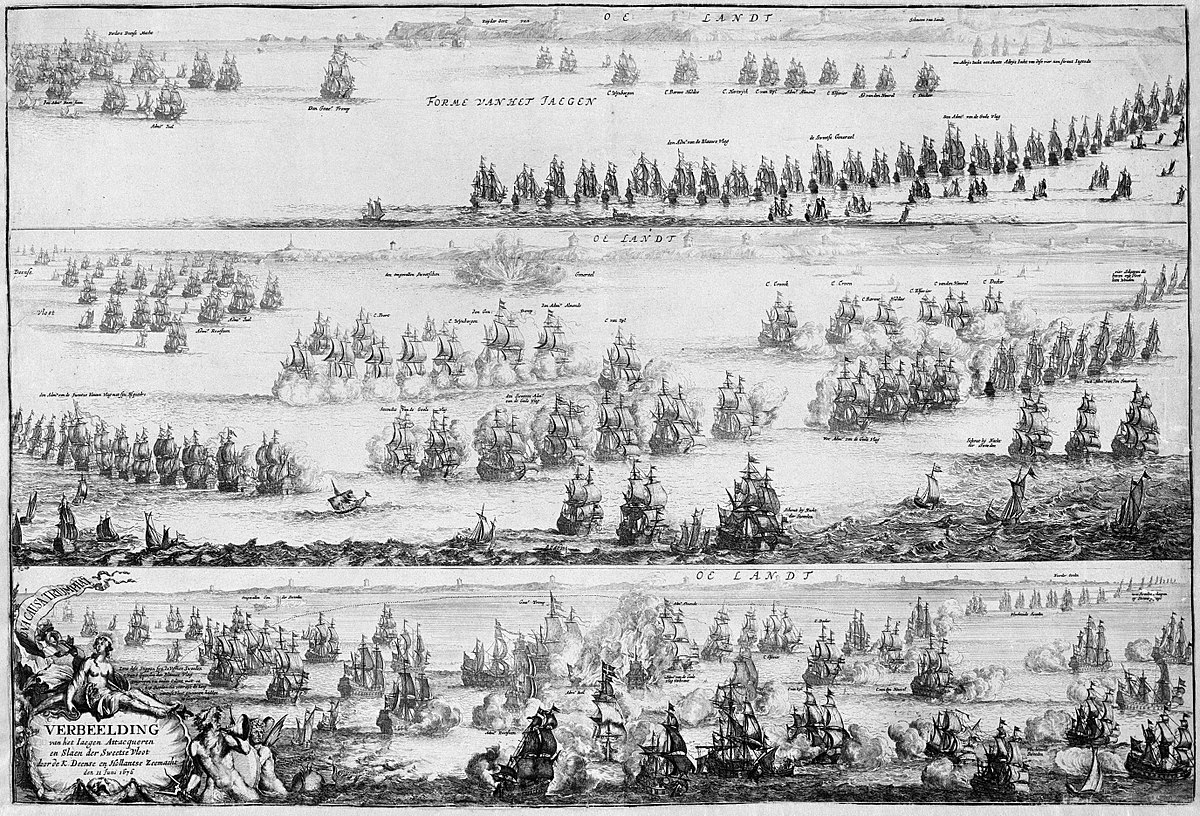
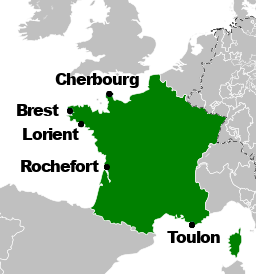
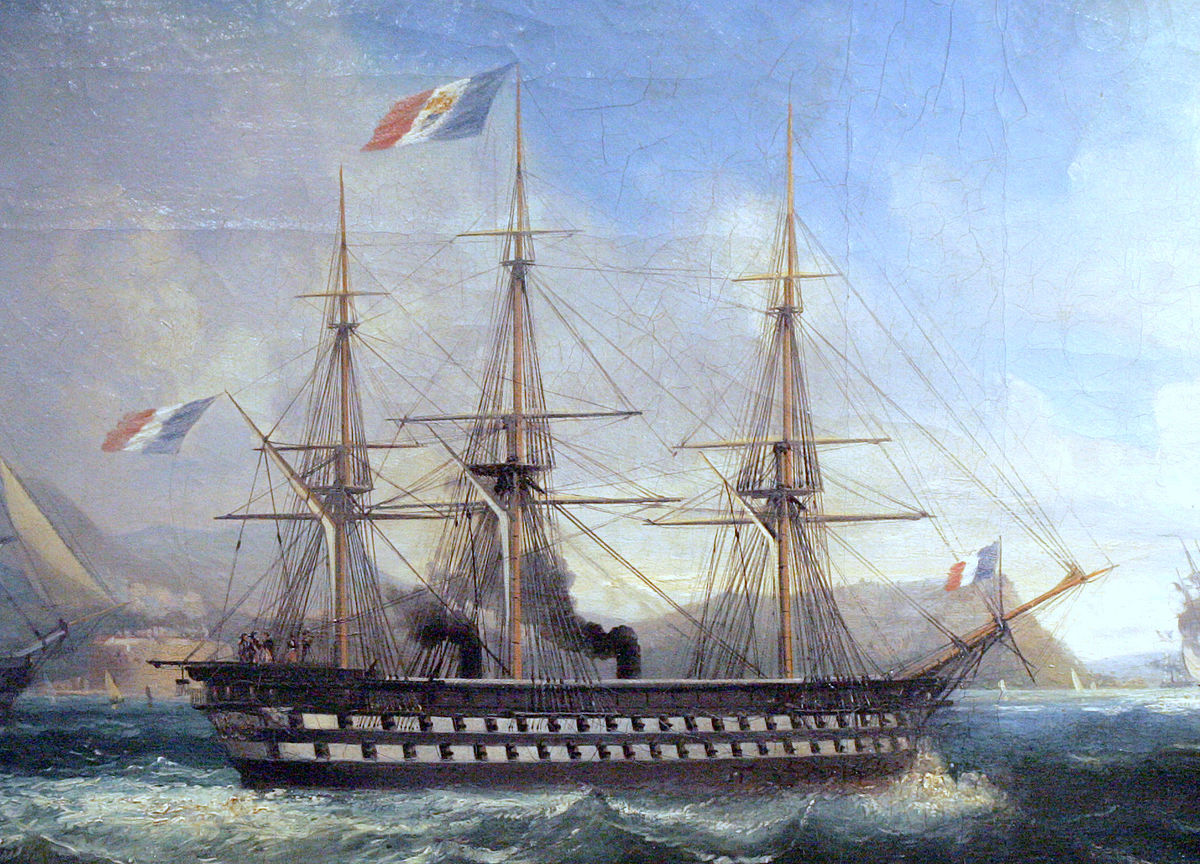
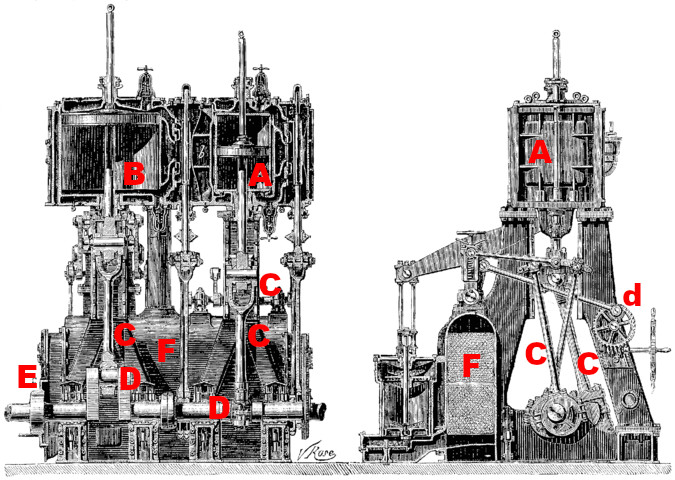

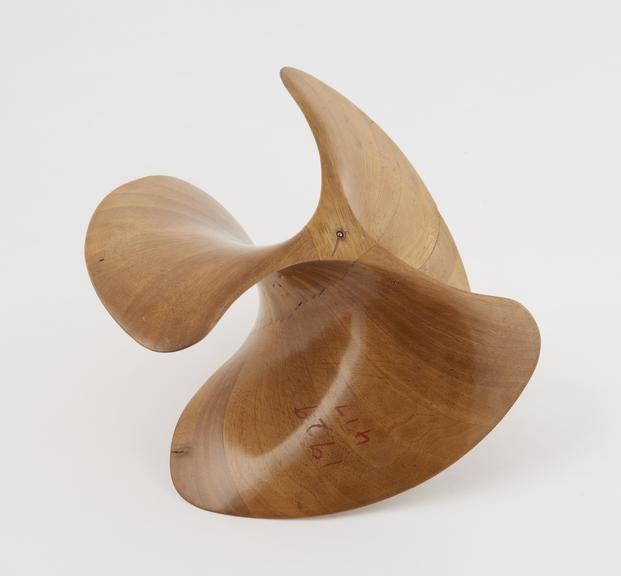
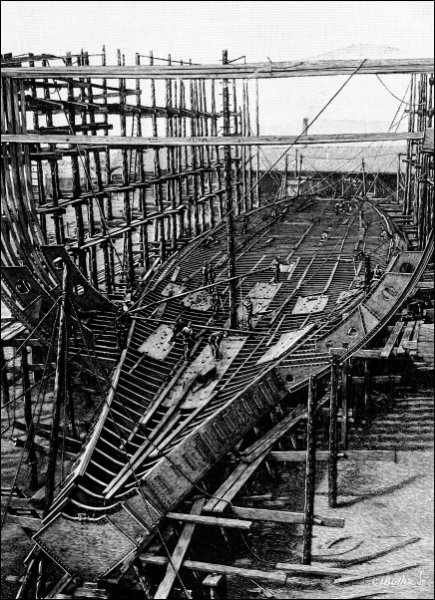
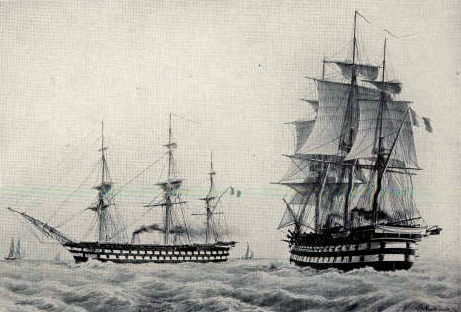


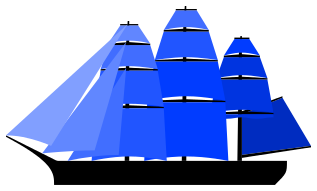

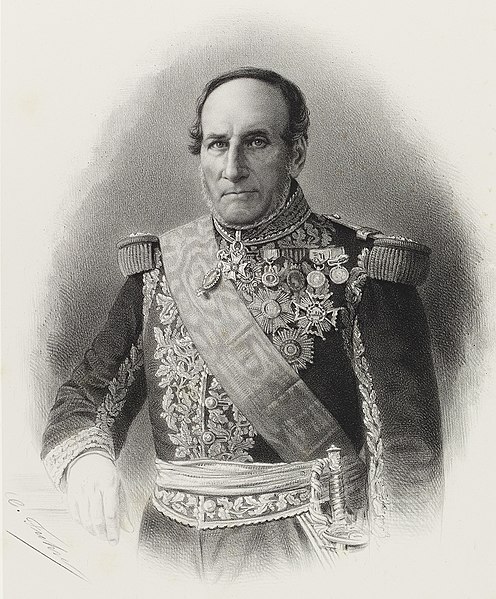
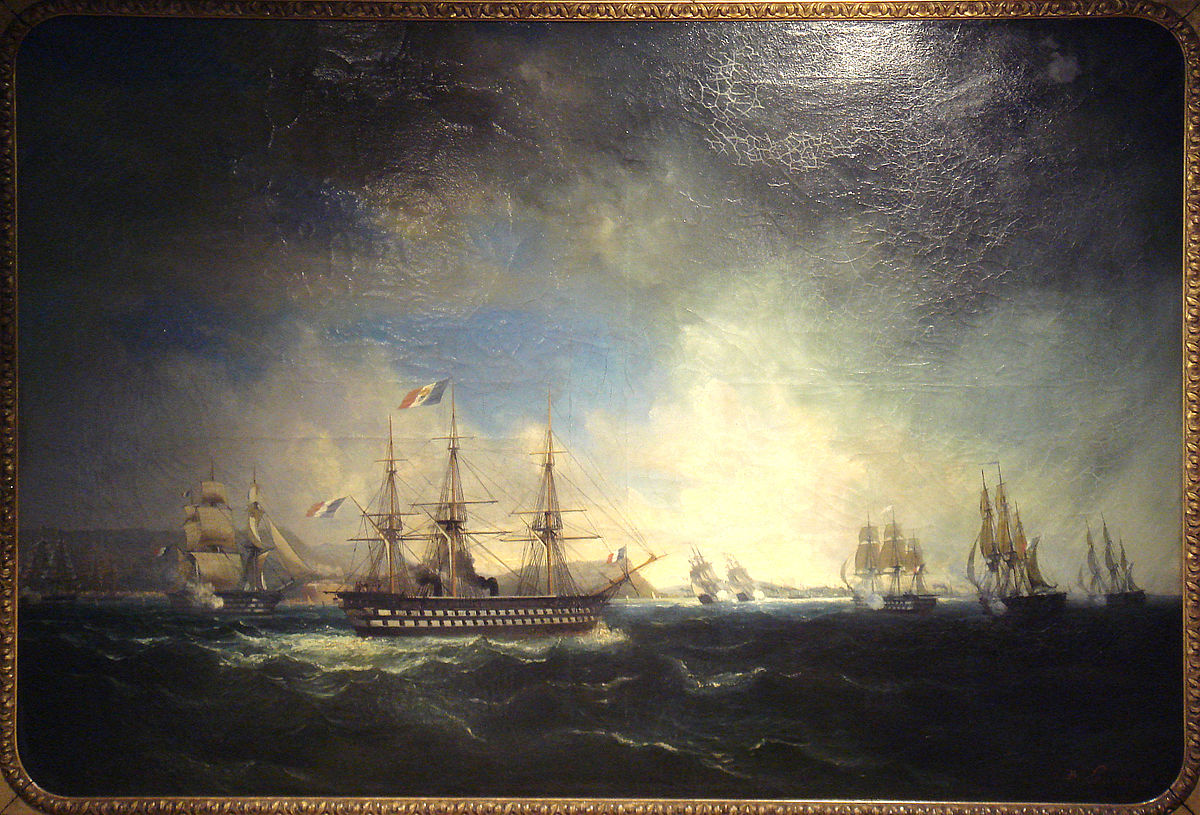
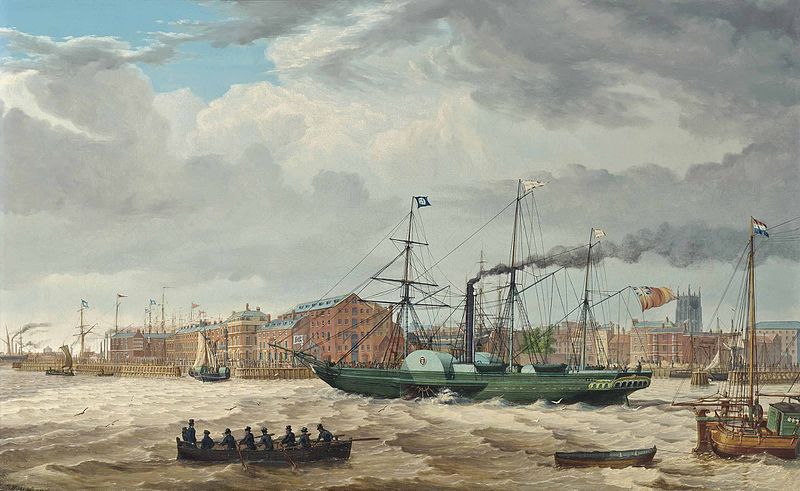









Nice article! I love all the technological details you put into it. Also the choose of pins on the map is great.
Thanks :D I had fun with the engineering details, though they always make me forget I'm supposed to have magic XD